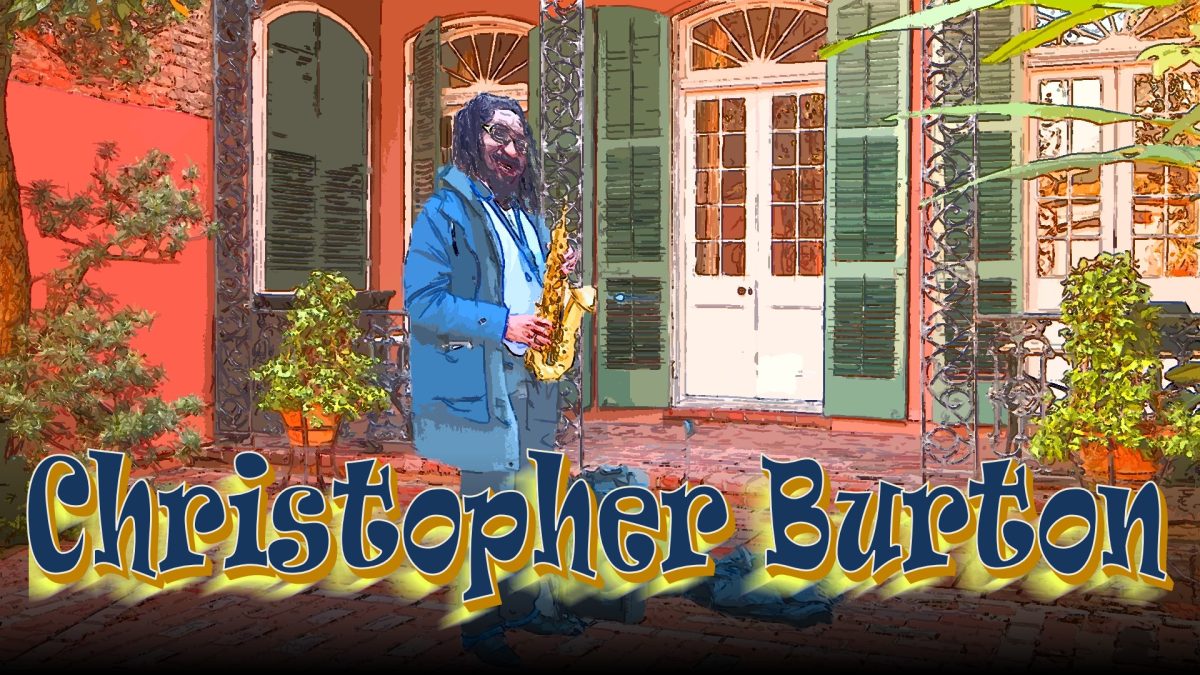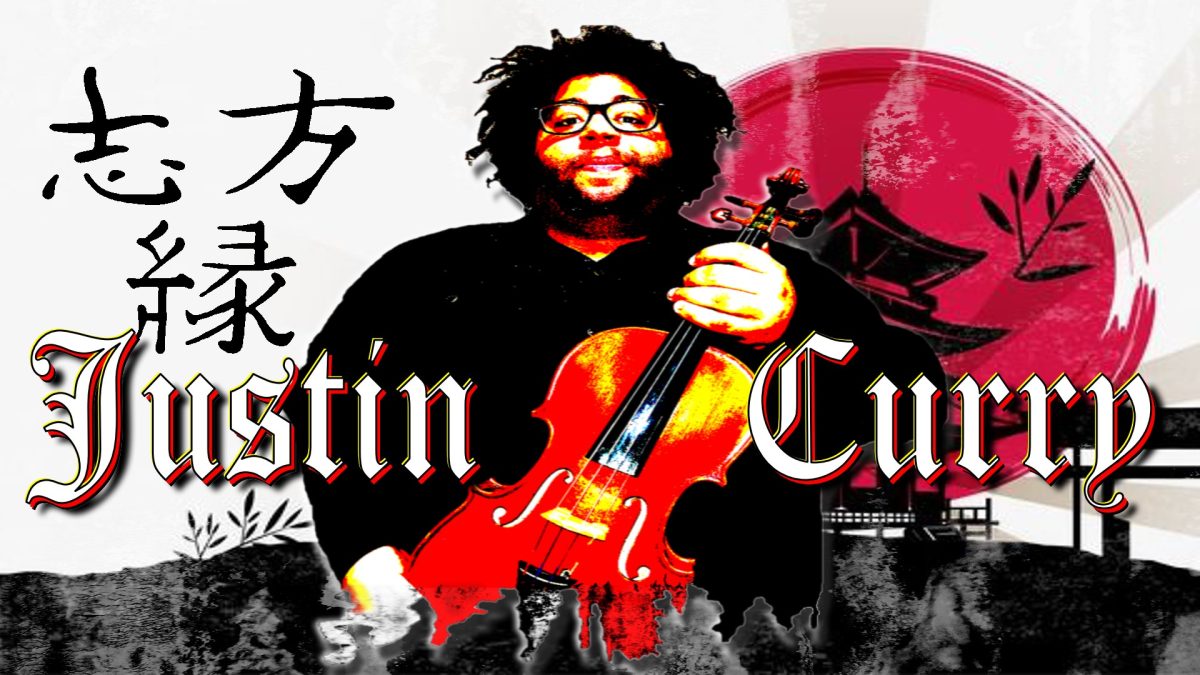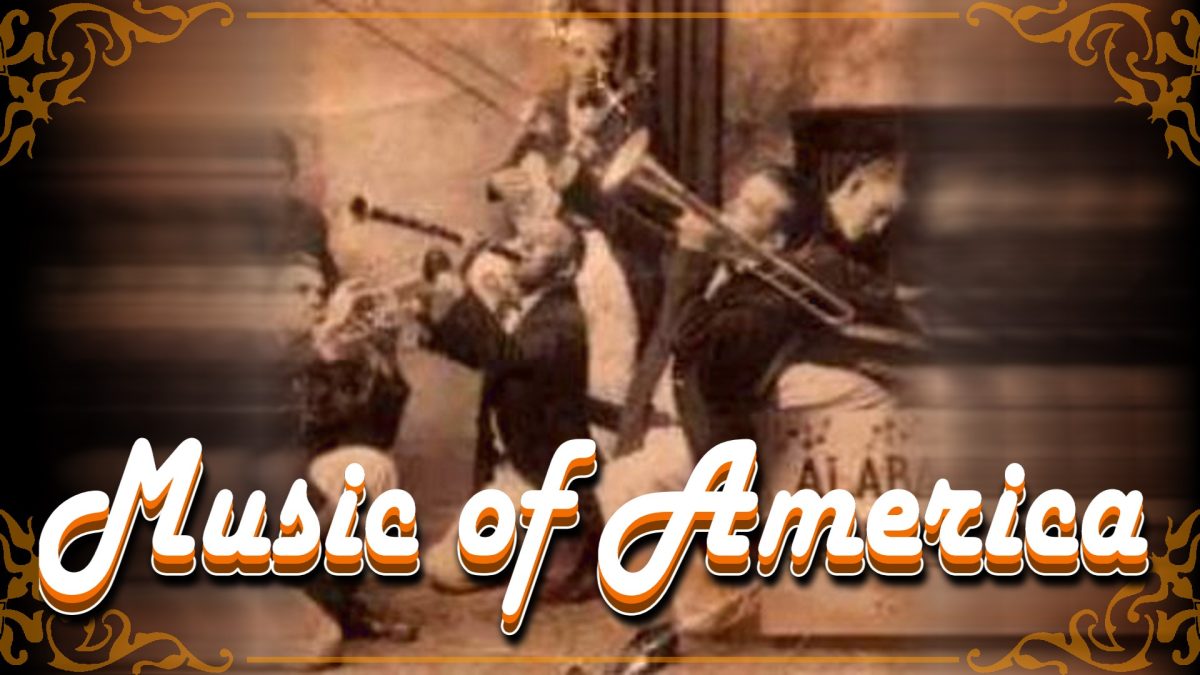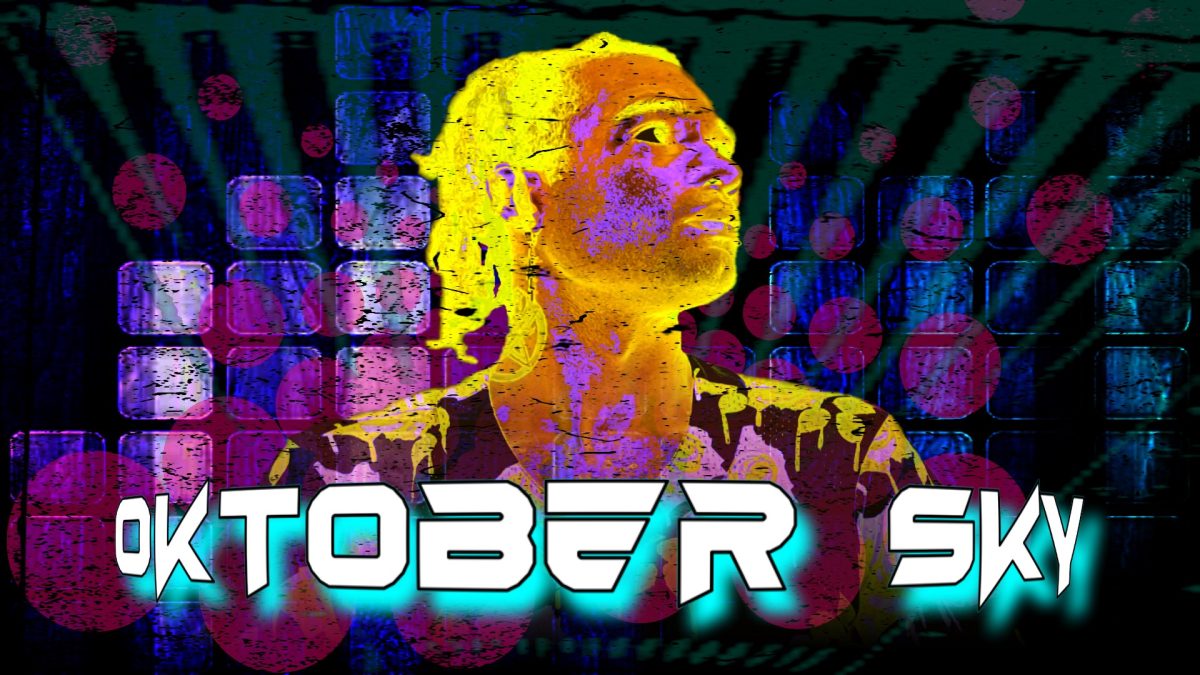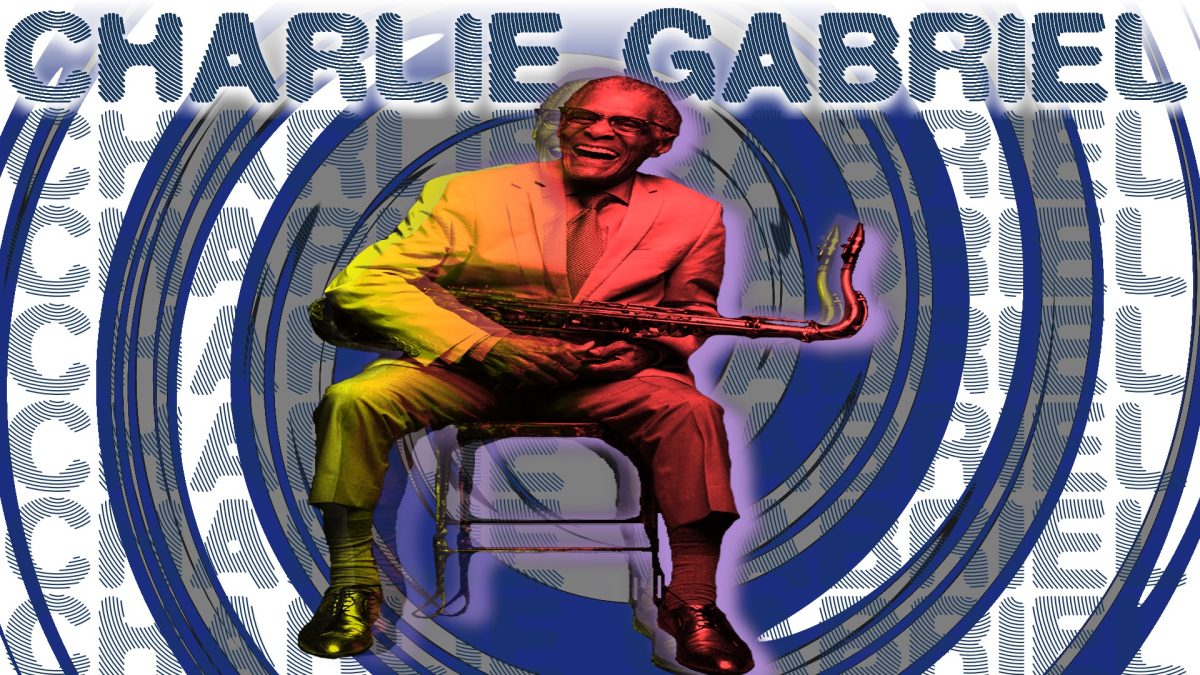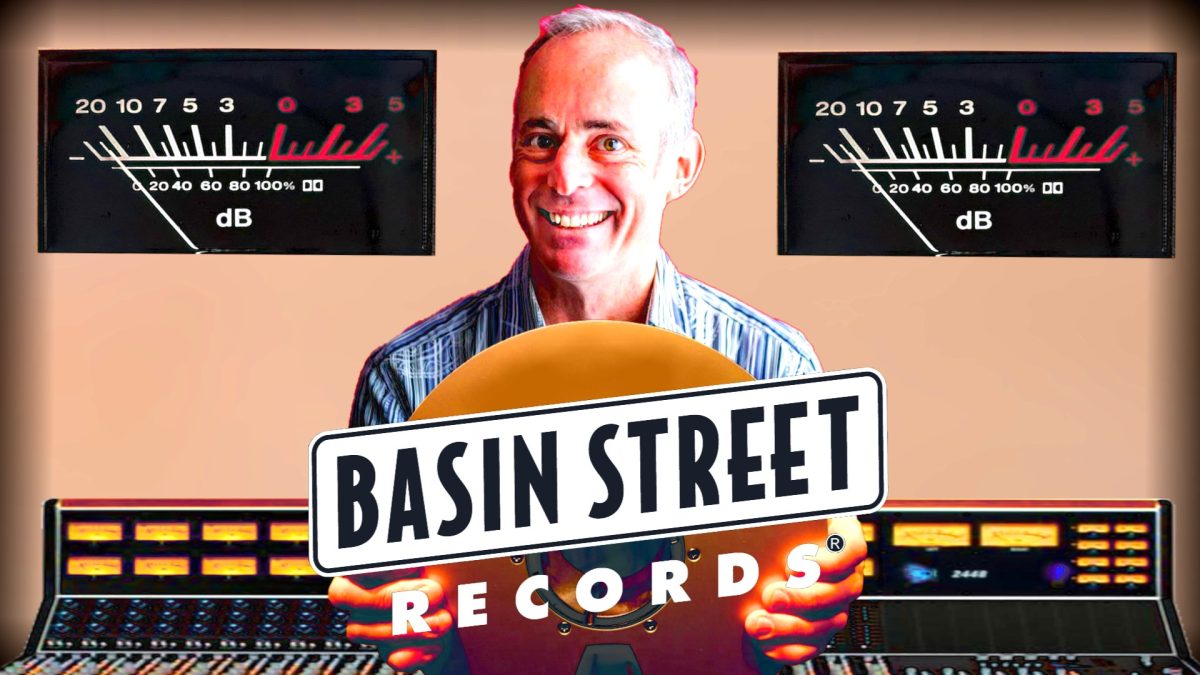Imagine what it took for your hero to become your hero. For me, “fortitude in the face of” comes to mind. After all, that is what we admire in a hero. It’s not so much about the obstacles themselves. We all have those in life. When speaking about a musician though, the term “hero” may seem like an overstatement. But I would argue the ability to convey the spirit of triumph poignantly through sound bears evidence of a hero. Overcoming debilitating medical adversities, paying forward a well-earned knowledge base, and pushing the envelope on behalf of the obscured are all also qualifying traits in my eyes. It is for these reasons, amongst others, that I admire him. Christopher Burton is the hero you never knew you had.
Born at Charity Hospital in September of ’87, he would not see two years of age before contracting spinal meningitis. The swelling would result in nerve damage in his ears, which would in turn leave him with hearing loss as well as a speech impediment and, at times, severe vertigo. The affliction would often leave him verbally misunderstood. And by consequence, he didn’t speak much. It would also begin him on a ten-year path of speech therapy. By the time he was seven his mother passed away. Luckily, he would have the benefit of a close family to raise him. His father was a bassist in a gospel band. And about the same time in his life is when Christopher recalls he and his sister first accompanying their father on a gig. The church music resonated with him and was quite possibly his initial experience with live music. Back then, he thought all churches must have had music like this. “The music grabs me… so interesting, so powerful, so moving. I love the music. The Baptist churches I went to, there was always a band playing. So, I thought that’s how church was supposed to be.” His father’s band, The Randolph Brothers, would travel to play in churches out of state and occasionally outside of church. He pointed out, “It was strictly churches. Even though they would also play at Jazz Fest at the time, they were always in the gospel tent.”
Christopher wouldn’t pick up an instrument of his own until he was fifteen. The debate club, the school newspaper, the gardening club, and the drama club absolutely filled his days at Frederick Douglas High School. But it occurred to him that he was from New Orleans and did not know any blues or jazz. I found it interesting that a child of his age would push beyond the veil of top forty music, being that it’s force-fed to most of us. But he recalls having an interest in local music and a sense of social responsibility to carry on that torch. So, he joined the high school band with saxophone as his instrument of choice. Alonzi Jackson was the band director at that time. And the program kept things interesting for the kids, playing songs like Luther Vandross’ “Never Too Much” and The Dazz Band’s “Let It Whip”. The curriculum required the use of mostly whole notes. So, it was easy enough for a beginner like Christopher to learn. Once again, music sparked a particular interest in him. He would enable himself to spend more time with it by dropping a few of the other electives. Here he excelled, quickly becoming section leader. But leadership came with its own challenges. Through the process of giving advice and other leadership duties, it became clear that some in his section were not of the same ilk as he. Discouragement would come to a hilt during Mardi Gras and, shortly following, he would quit the school band.
In May of 2005, he graduated from Frederick Douglas and set his sights beyond the city of New Orleans. He attended Hampden-Sidney, a nationally ranked private liberal arts college for men in Virginia. A rural area with under two thousand residents, this was quite the change in scenery. Christopher would once again take up saxophone here. But after just one year, because of the expense, he would return home to New Orleans. At this time, Christopher still did not own a saxophone. He always played what was available at school. So, it was serendipitous that he would run into saxophonist Stephen Galdney, a member of the Preservation Hall Foundation music collective. Stephen gave him his first saxophone. Stephen had recently been performing and touring in Paris. And his apparent success and this gesture inspired Christopher to try harder. He began combing through method books, practicing every chance he got. He enrolled at the University of New Orleans, eventually trying out for the band there. Christopher recalls, “I remember working on audition material sitting at Douglas Band Room, Mr. Ali was our band director at the time. He was a graduate from Southern University. He was the band director over there. I remember working on pieces. And I go to audition, and Dr. Taylor over there is like, alright. Because I auditioned on alto. And he was like, how about playing baritone sax?” Now this made more sense in the grand scheme of things. Christopher’s meningitis resulted in the inability of his right ear to hear most high frequencies. As a result, he tended to prefer lower notes on sax. Altissimo notes on an alto in C6 may still not be out of his range of hearing. But once it gets to D7, he won’t hear it. He has since grown to love the low range of the baritone and delights in its sub-harmonics and overtones.
The summer of 2014 is when Christopher finally though of himself as a good musician. The difference here, I found in his story, is that he broke free from theory and got to utilize his knowledge in real world settings. Not only that, but he was now delving into improvisation while getting feedback simultaneously. He would participate regularly in rehearsals with the Second Line Reggae Band. He would frequently perform at Melvin’s Bar on St. Claude Ave. as well. It was there that he got a true education in the blues from a house band made up of seasoned veterans. He recalls Irma Thomas’ bassist teaching him laid back lessons like, “Hey when you playin’ this Purple Rain, you don’t have to do a whole lot. It’s just the blues, man.” BJ’s pedigree and nonchalant demeanor spoke volumes where words did not. Christopher also explained how suddenly, his grandfather wouldn’t make him leave the room to practice. We both laughed at this one. And I can tell you from experience, when it comes to the old-timers, this is as close as you’re going to get to a compliment. Christopher also relayed to me an instance at his Auntie’s birthday party where his cousin was DJing. Christopher brought his saxophone along and played while his cousin spun records. The reaction from family was to ask that he play more. Albeit on the inside, these subtle earmarks in his life had Christopher elated. “It took time to get there. But it feels good”, he says.
Joining a band of his own came about mainly as a reactionary measure. UNO eliminated its Music Education program, which reduced the student count in their music department from about 300 to 80. The remaining 80 would stay on in Jazz Studies, which was comprised of composition, history, and performance. His band, Hidden Wind Saxophone Ensemble, would later become an offshoot of some of the remaining members. In an effort to keep performing in a similar setting, Christopher joined the New Orleans Concert Band, an organization founded in 1979 that practiced at UNO. The late Peter Dombourian, a band director in the New Orleans public school system for over thirty years, served as director for the New Orleans Concert Band for fifteen years. And they would practice once a week, performing several times a year at places like UNO, Audubon Park, and Lafrenière Park. Their co-conductor, Sherman Leggett, also conducted the American Legion Post 350 band in Metairie and asked if Christopher would be interested in joining. Christopher enjoyed these bands because, in a city that wants you to play by ear all day, it gave him more chances to read sheet music and stay fluent. Christopher’s roommate invited him to come play in an anime cover band he formed called Purikura Panic. Now this broke all molds when it came to convention being that anime features music from just about every genre and every era. I could see him light up as he exclaimed, “I love anime music for the wide breadth of its genre. Anime might be a genre. But in that genre, there’s opera, there’s rock, there’s blues, there’s gospel. There’s just so much music. There’s that 1970’s and 80’s stuff; that city pop stuff. Oh, I love playing some (Miki Matsubara’s) Stay With Me and that Yu Yu Hakusho , that “Smile Bomb” (Hohoemi no Bakudan). It’s some good music!” He went on further, “I was playing the song Miki Matsubara’s Stay With Me, love that song. In the middle of the song there’s a break. And it goes from being in F Major, it goes from F Major to F Minor. Like, just flips right there for that section and there’s a jazz solo; a saxophone solo playing in that middle section. And I’m like, listen to that! That’s straight up jazz right there!” If you listen to the song, this moment stems from a previous portion of the song that is all rock and roll. Most of this band’s performances are at anime conventions. Which, I might add, is a healthy niche to be performing within. Further on, and throughout this interview, we went a bit more in-depth concerning the traditional genres in New Orleans, Christophers thoughts and experiences busking in the city and so much more. Please consider clicking your favorite podcast platform below and subscribing to hear this and many more intimate moments with the musicians of Louisiana.
Author: David Trahan
Hidden Wind Saxophone Ensemble is on Facebook by name
American Legion Post 350 Band:
Puirkura Panic Linktree:
https://linktr.ee/purikurapanic

